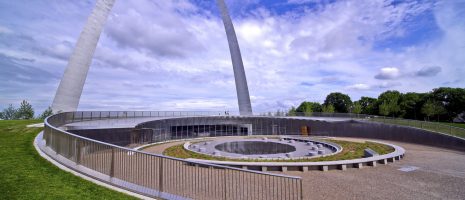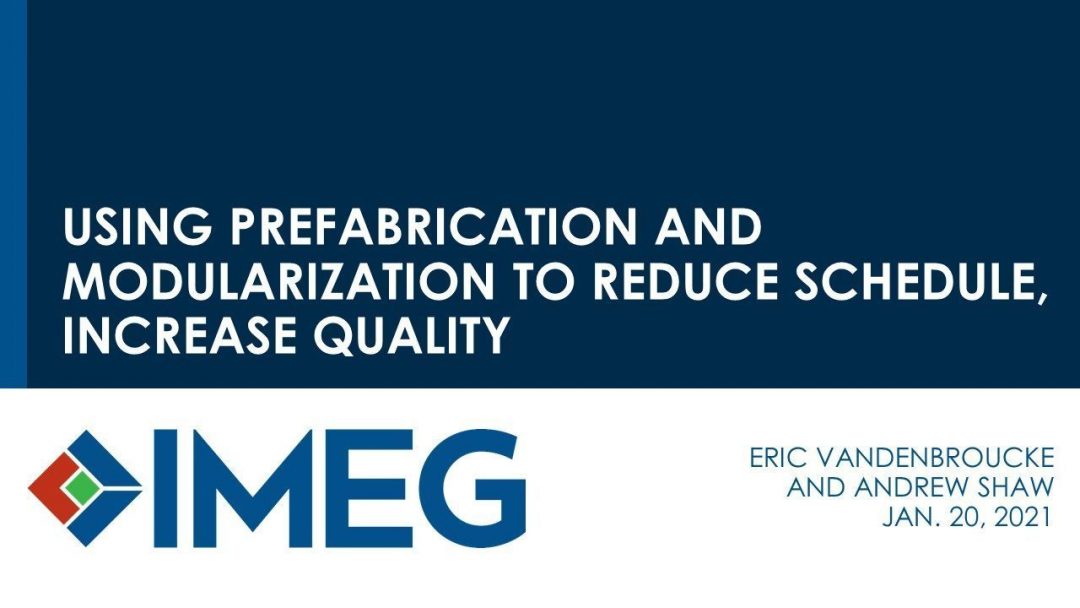Operation and maintenance skills are critical for success of high-performing buildings

By Lincoln Pearce
With buildings accounting for 40 percent of the total energy consumption in the U.S. each year, the design and construction industry is commendably focused on energy efficiency and high-performance design to mitigate the resource consumption of the built environment.
Commissioning – which has become a requirement in energy codes to ensure that systems are operating as intended at the end of construction – is the final step in delivering efficiently designed buildings to owners. Unfortunately, there is a disconnect in confirming and maintaining intended energy efficiency in the operation of the building after it is occupied. This disconnect can and does result in higher-than-necessary energy consumption and wasted natural resources – the very things the design was intended to avoid.
To guard against these sub-performing, energy-wasting scenarios, building operators must not only understand the system design intent and performance expectations but also have the skill sets needed to put the building back in proper operation when systems drift – as they naturally will. These skill sets have become more advanced and critical as building systems become more complex to meet increasingly stringent sustainable design standards and energy codes. This increased complexity means there are more pieces of equipment, sensors, and complex sequences of operation supporting the building. All these components must remain working and in tune with each other to achieve the intended energy efficiency throughout the life of the building.
In the 2020 research report, “Training the Workforce for High-Performance Buildings,” the American Council for an Energy-Efficient Economy (ACEEE) examined the skills gaps that exist in today’s building operations workforce and the significant energy and non-energy impacts that occur as a result. The report was based on a survey of 111 building owners/managers, operators, tradespeople, technicians, and service providers. Of the five categories identified as essential for the high-performance building workforce, 92 percent of respondents said operations and maintenance skills are the most critical. Among other needed proficiencies such as managing and programming multiple building systems, the report states, “In contrast to the buildings workforce of the past … today’s professionals must also be competent in data acquisition and analytics to ensure that high-performance buildings reach their full potential.” In addition to discussing the urgent need for, and approaches to, expanded training, the report provides recommendations for developing the workforce necessary for today’s – and tomorrow’s – high-performance buildings.
To walk the walk on building energy efficiency, buildings need operators with the skill sets discussed in the ACEEE report. The reduction in resource consumption that results will not only benefit building owners and the environment, but also create green jobs that can pay for themselves through energy cost savings.












